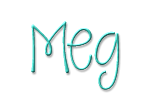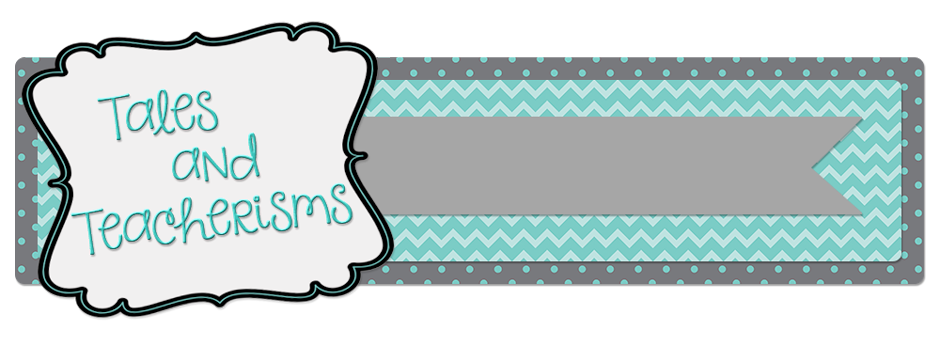Let me first start by saying that I am not a program person. I have always used a balanced literacy approach to teaching reading and writing - and my students have always been very successful. The problem was that I was an island. What kids were doing in my class, they were guaranteed to continue in their next class. Our school was all over the place and there was no consistency. There may have been pockets of great teaching happening, but there was no cohesion, and so our students could not sustain any great learning that was taking place from year to year. We basically had a patchwork quilt of teaching going on.
Enter
Collaborative Classroom. This year, we adopted this program k-6. When I say that our elementary school teachers are obsessed, I mean it. Finally, we are all on the same page! And our teaching is connected - reading, word work, writing, interventions, small group reading, spelling, grammar, SEL, EVERYTHING MAKES SENSE!
By the way, I am definitely not cool enough to be paid to say any of this. I am just sharing my thoughts on a "program" that is sooooo not a basal, but is structured enough that any teacher should be able to follow it and find success.
PS the program is only 30 weeks. So there is plenty of time to integrate other types of learning into your year, take a break for a Social Studies/Science unit, or do some test prep.
Here are the big programs:
- Caring Classrooms - We don't use this component because we follow Responsive Classroom, but SAME THING. It is basically morning meetings and basic SEL practices that make sense. FYI, the entire program integrates these practices throughout and builds a strong foundation of SEL for kids starting from day one.
- Making Meaning - Our reading comprehension program. It is based on the BEST read alouds ever. I seriously love every single one. It is rooted in discussion, partner talks, sharing, quick writes, etc. So, of course some testing grade levels freaked a little. They love the program but the big bad test is always looming, so we chose one read aloud text for each unit to buy class sets of, and I created test prep questions for that text. Now, the teachers feel better!
- Being a Writer - Again, based on mentor texts and a Writer's Workshop mentality. LOVE IT. Our teachers always struggled with teaching writing. Everybody did it differently. Some people didn't do it at all. Yes, that is real.
- Being a Reader - This is mostly K-2, based on teaching kids to be independent during small group work. It also comes with "sets" of books for small group reading. Now, these text levels go through third grade, so our k-3 teachers use them for small group reading. Our fourth grade teachers use them for their lower readers, in addition to continuing to use Literacy Footprints, which we love. *Also, second grade has a word work component here and there is a letter learning piece to K-1.
- SIPPS - The interventions! OMG, the interventions align with the tier 1 instruction, can you believe it? I love it. As a classroom teacher, I hated not knowing what my kids were doing when they received a reading intervention. I am very controlling. But now, the program is fairly scripted, research-based, and I know exactly what every kids is doing - and it aligns with the Being a Reader program. In fact, kids getting a reading intervention are also receiving small group instruction in their classroom and literally see the overlap of the program. They say, "Hey, I learned this word with my reading teacher!" Yes, yes, you did. Not a fluke.
- Guided Spelling - Only for 3-6, but awesome. We were kind of using Words Their Way for a while. I love Words Their Way, but some teachers taught it really thoroughly and others...didn't. So this program is better. It is setting up a strong foundation of understanding patterns within words. There is some differentiation, but definitely not like Words Their Way. So some of our teachers ARE still using Words Their Way for their lowest spellers during their Academic Intervention Support time, but those are only the very motivated and dedicated teachers who previously used Words Their Way and understand it at its core.
And that is
Collaborative Classroom! In the nuttiest nutshell ever. If you have more specific questions about it, ask! I love talking about Collaborative Classroom. Also, go make a free login in their
Learning Portal or
Hub. They are nonprofit, so all of their resources are right there for you to check out and try - I'm talking teacher manuals, student workbooks, printables, professional development videos/blogs/articles - you name it. I literally taught SIPPS for a year before we bought the program. It is way easier now that we have all of the materials and I'm not making everything from scratch, but I was definitely able to do it! And you can too!



